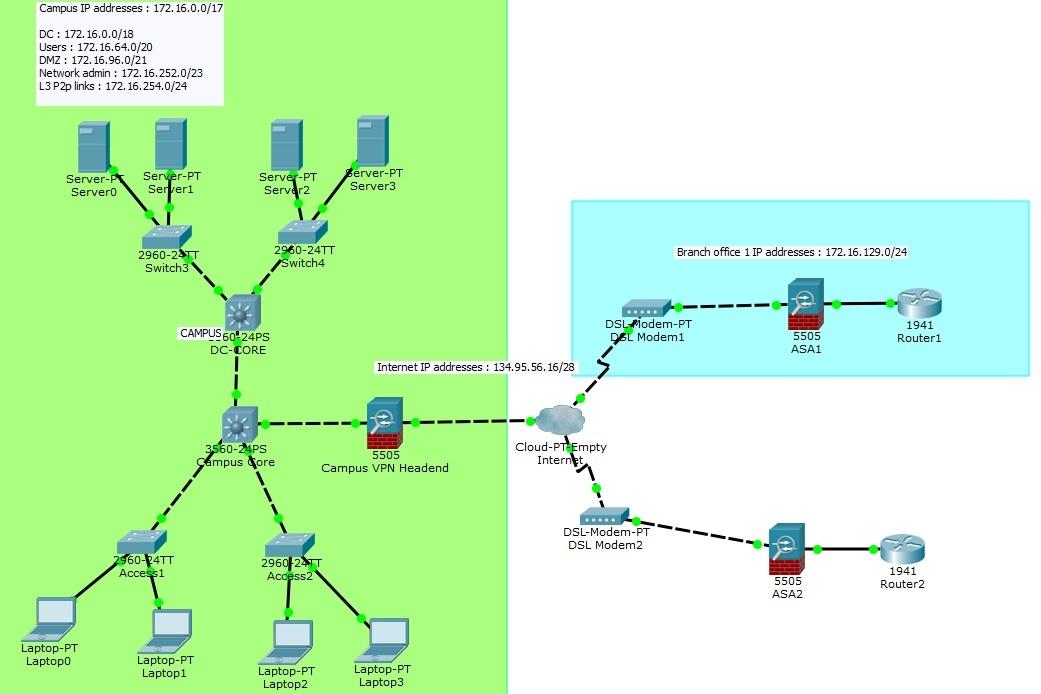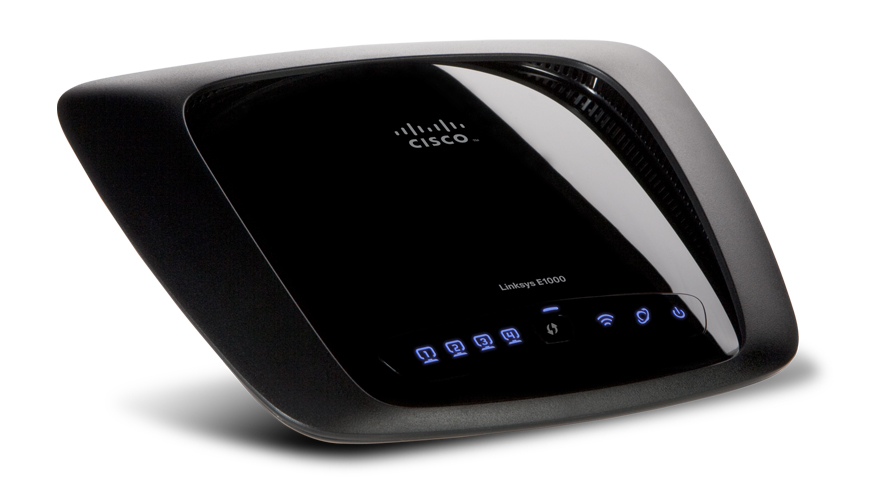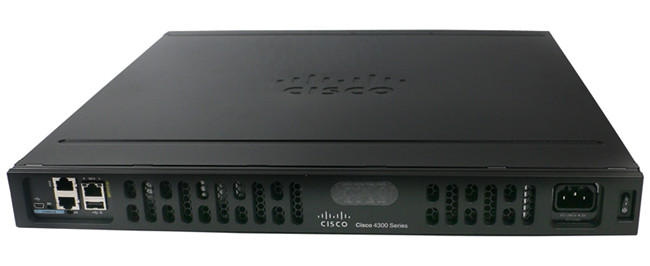Vpn Cisco Ipsec Mac
Configuration Cisco IPSEC VPN in Mac OS X. With the release of OS X Snow Leopard (10.6) Apple has added support for establishing an encrypted connection to a VPN server through the L2TP over IPSec, PPTP and Cisco IPSec protocols without the need for a third party VPN client. Click the “+” in bottom left of window to add a configuration. For Interface choose VPN from the pulldown menu.; For VPN Type choose Cisco IPsec; Service Name is just a label.
- Mac Vpn Cisco Ipsec
- Vpn Cisco Ipsec Mac Download
- Vpn Cisco Ipsec Mac Free
- Cisco Ipsec Vpn Client For Mac
- Cisco Ipsec Vpn Client Mac Os X Download
- Cisco Ipsec Client
This article will describe how you can configure L2TP/IPsec VPN on MAC OS X. Mac OS X; Access to your Mac OS X with admin or a user that has administrator permissions; Step 1 – Log in to Mac OS X. Click on the icon in the left top corner and click System Preferences. IPSec Phase 2 2. Create IPSec Transform Set – Need to define Encryption method and Hashing Algorithm. Its Used to Secure Data in Transit. Site-A(config)#crypto ipsec transform-set MAAHI esp-3des esp-md5-hmac Where “MAAHI” name of the transform set. Create Extended ACL – Need to Define Which traffic will be pass through IPSec VPN. Use the macOS or iOS Native IPSec VPN Client Apple iOS devices (iPhone, iPad, and iPod Touch) and macOS 10.6 and higher devices include a native Cisco IPSec VPN client. You can use this client to make an IPSec VPN connection to a Firebox.
Apple recently released Mac OS X 10.11.4, the latest update for OS X El Capitan. I’m generally an early adopter. If I’m not running a beta release (which I must admit, I’m not doing nearly as much of anymore), I am certainly the first in line to update OS X or iOS to the latest release as soon as it’s reached GA status.
If you’re like me, the latest OS X update, 10.11.4, broke some VPN profiles, specifically certain Cisco IPsec profiles. When I first discovered the VPN client wouldn’t connect to a Cisco IPsec profile that was working just fine before the update, I first thought it may be a problem on the remote end, or even perhaps with my ISP. I tried a secondary VPN profile that’s L2TP over IPsec and had no issues. I then tried a third profile using Cisco IPsec, with no luck. After successfully connecting to a fourth VPN profile (also L2TP over IPsec), I was beginning to think the issue had nothing at all to do with the original VPN endpoint I was attempting to connect to or my ISP. A quick test of the same VPN profiles on a second Mac that had been updated to 10.11.4 yielded the same results, even when connected to a second ISP, confirming my theory.
What next? Google to the rescue, of course!
A quick search for “OSX 10.11.4 IPsec” yielded a thread in Apple’s Support Communities that was opened just yesterday with multiple users having similar issues. Yes, I was on to something – my Google Foo was strong!
After reading through a handful of “me too’s”, I found a reply that suggested increasing the DH Group to 14 on the VPN appliance would fix the issue. Of course I was remote – the reason I was trying to connect to VPN in the first place, so I couldn’t test this theory until later when I actually made it onsite. I can confirm that in my case, changing the DH Group to 14 solved my problem. It appears that starting with OS X 10.11.4, Apple requires a minimum of a 2048 bit modulus (DH Group 14) to connect to IPSec VPNs. These two “broken” VPN profiles were using 1024 bit modulus.
How to modify an existing IPsec Tunnel on a FortiGate firewall using FortiOS 5.4
If you have an IPSec VPN Tunnel configured on a FortiGate firewall, and you used the default “Dialup – Cisco IPsec Client” template, it’s likely that your DH Group is set to 2. I couldn’t find a way to modify the DH Group for an existing IPSec tunnel in the FortiOS 5.4 GUI, but here are the CLI commands to make the change:FW01 # config vpn ipsec phase1-interfaceFW01 (phase1-interface) # edit YOUR_VPN_TUNNELFW01 (YOUR_VPN_TUNNEL) # set dhgrp 14FW01 (YOUR_VPN_TUNNEL) # end

That’s it! One thing I love about the FortiOS CLI is that it’s incredibly powerful, yet very easy to navigate – much easier to navigate than Cisco IOS in my opinion. I was able to apply this to a handful of FortiGate firewalls that I manage for SquarePlanIT customers who were using Cisco IPsec VPN tunnels and weren’t already using a 2048 bit modulus. Speaking of managed firewalls – if you’re looking for a managed IT solutions provider, or even just have some project work to knock out, get in touch! I’d love to tell you about all that we have to offer.
Learn more about Diffie-Hellman groups
To learn more about the Diffie-Hellman key exchange, here’s an excellent Wikipedia article. For a brief overview of the different DH Groups that can be configured, check out here’s a Cisco Support Community article.

Often network engineer always give me Cisco Profile Configure File (.pcf) file to configure Cisco VPN connectivity. This file is good for Windows environment, but it is useless when I wanted to configure in Mac OS and RHEL. The following is some quick guide to extract some information from pcf file and use it to configure in MacOS and RHEL. First of all, we need to extract Host, Group Name and Group Password (Shared Secret) from pcf file.
However the Shared Secret are encrypted. We need to get the clear shared secret phase. I found an useful website that help to decrypt the Shared Secret – https://www.unix-ag.uni-kl.de/~massar/bin/cisco-decode
Now we got all the information we need to configure Cisco IPSec.
Mac OX Go to System Preferences > Network, Click + to add a new connection. Select VPN, in VPN Type choose Cisco IPSec and give a proper Service Name.
Enter Server Address by entering the Host we extracted from pcf file. In my case it will be 122.x.x.97.

Downloader video free for mac. Click Authentication Settings Tinyumbrella 8 for mac. and fill in Group Name from pcf file, and Shared Secret from the clear password we decoded earlier on. Click OK and Apply to save the configuration in Mac OS.
Mac Vpn Cisco Ipsec
You can connect to VPN from Menu bar easily.
RedHat Enterprise Linux
I got into situation whereby the RHEL in my environment is only configured as basic server. No VPN is installed in RHEL. There are multiple way in Linux to get connect, I found vpnc is most easy method so far. I am still struggling with Openswan. First of all, download vpnc rpm package. I found a website whereby I am able to download version 0.5.3 for 64bits at http://rpm.pbone.net/index.php3/stat/4/idpl/15289590/dir/redhat_el_6/com/vpnc-0.5.3-4.el6.x86_64.rpm.html. You may get it from Red Hat Network. Install this rpm with the following command:
rpm -i vpnc-0.5.3-4.el6.x86_64.rpm
Vpn Cisco Ipsec Mac Download
sudo rpm -i vpnc-0.5.3-4.el6.x86_64.rpm
Once the package is installed successfully, enter vpnc in Terminal, it will prompt you to enter the following:

Vpn Cisco Ipsec Mac Free
- IPSec gateway – Host
- IPSec ID – Group Name
- IPSec secret – decrypted password
- username: username to connect to VPN
- password: password to connect to VPN.
Cisco Ipsec Vpn Client For Mac
To disconnect, just enter
Cisco Ipsec Vpn Client Mac Os X Download

Cisco Ipsec Client
vpnc-disconnect
